| Type | Description | Contributor | Date |
|---|---|---|---|
| Post created | Pocketful Team | Jun-29-24 | |
| Add new links | Nisha | Mar-04-25 |
Read Next
- SEBI Action on Jane Street: Impact on Indian Markets
- What is Personal Finance?
- Military Wealth Management: Strategies for Growing and Preserving Your Assets
- India’s Republic Day 2025: Honoring the Nation’s Defense Achievements
- 10 Essential Financial Planning Tips for Military Members
- How Do You Apply for PAN 2.0 Online and Get It on Your Email ID?
- 10 Best YouTube Channels for Stock Market in India
- LTP in Stock Market: Meaning, Full Form, Strategy and Calculation
- 15 Best Stock Market Movies & Web Series to Watch
- Why Do We Pay Taxes to the Government?
- What is Profit After Tax & How to Calculate It?
- Budget 2024: Explainer On Changes In SIP Taxation
- Budget 2024: F&O Trading Gets More Expensive?
- Budget 2024-25: How Will New Tax Slabs Benefit The Middle Class?
- Semiconductor Industry in India
- What is National Company Law Tribunal?
- What is Capital Gains Tax in India?
- KYC Regulations Update: Comprehensive Guide
- National Pension System (NPS): Should You Invest?
- Sources of Revenue and Expenditures of the Government of India
- Blog
- personal finance
- inflation
What is Inflation? Meaning, Types, & Risks
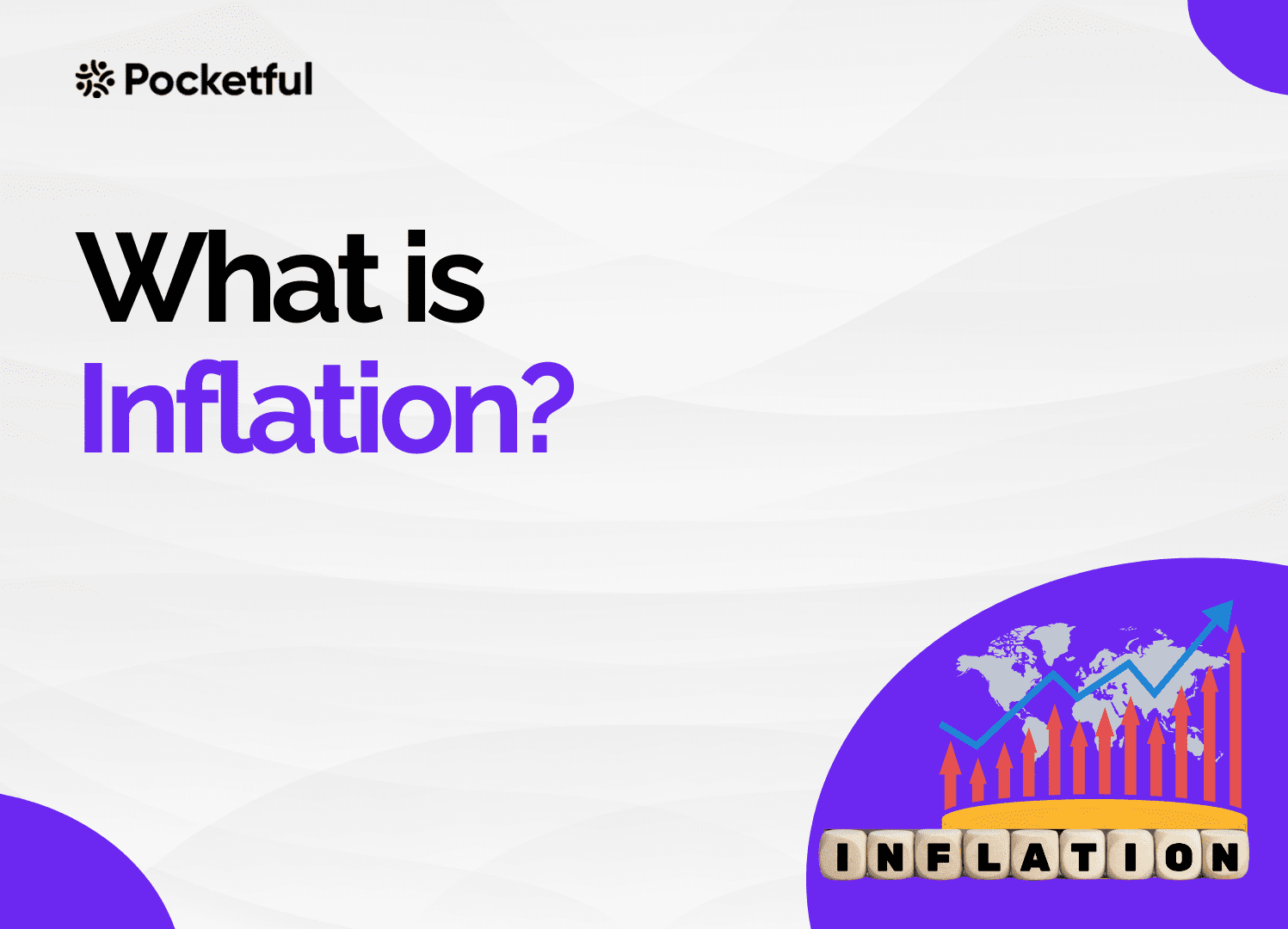
Inflation is a difficult concept but we’ll try to explain it with an example: Have you ever visited a supermarket to get groceries and discovered that the number of things you could buy earlier cannot be bought with the same amount of money today? This phenomenon is called ‘Inflation’.
This blog will explore inflation’s causes, effects, and other aspects.
What is Inflation?
Expressed as a percentage, inflation is the rise in the cost of goods and services. As commodity prices rise, money’s purchasing power declines.
Let’s understand with the help of an example – when you go to the store and ask for a packet of one liter milk, you will be charged 55 INR instead of the 50 INR you used to pay two years ago. This 5 INR rise is the result of inflation over time.
Types of Inflation
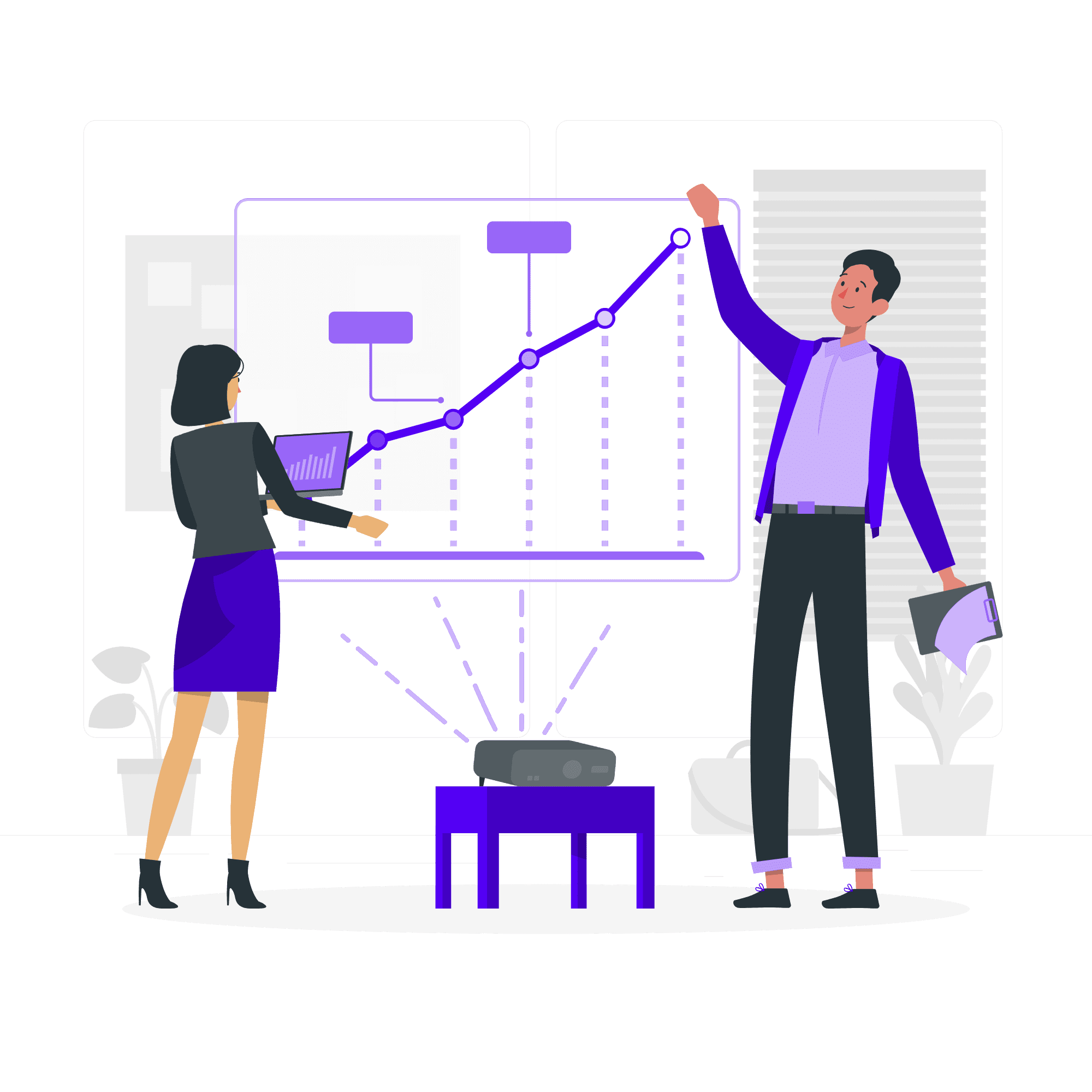
Inflation in the economy can take many different forms, some of which are listed below:
- Creeping Inflation – This kind of inflation, which is the mildest of all, is necessary to keep the economy growing.
- Walking Inflation – This indicates concern because the inflation rate is typically higher than the rate of creeping inflation.
- Galloping Inflation – The prices of products and commodities rise quickly under this inflationary environment, usually at a pace higher than 10%.
- Hyperinflation – Hyperinflation is extremely worrisome as it constitutes an ever increasing rate of inflation. This is where prices for goods and commodities increase by more than 50% in a month. Political unrest and high currency depreciation are the usual causes of extreme inflation.
Read Also: Cost Inflation Index (CII) For FY 2023-24: Index Table, Meaning, Calculation
Causes of Inflation
The following are the primary causes of inflation:
- High amounts of money in circulation in the economy leads to an unexpected rise in demand for goods and services, resulting in the prices rising.
- High amounts of government investment and spending also leads to inflation.
- Rising raw material costs have the potential to drive prices upward.
- The costs of products and services also rise in response to government tax increases.
Measures to Control Inflation
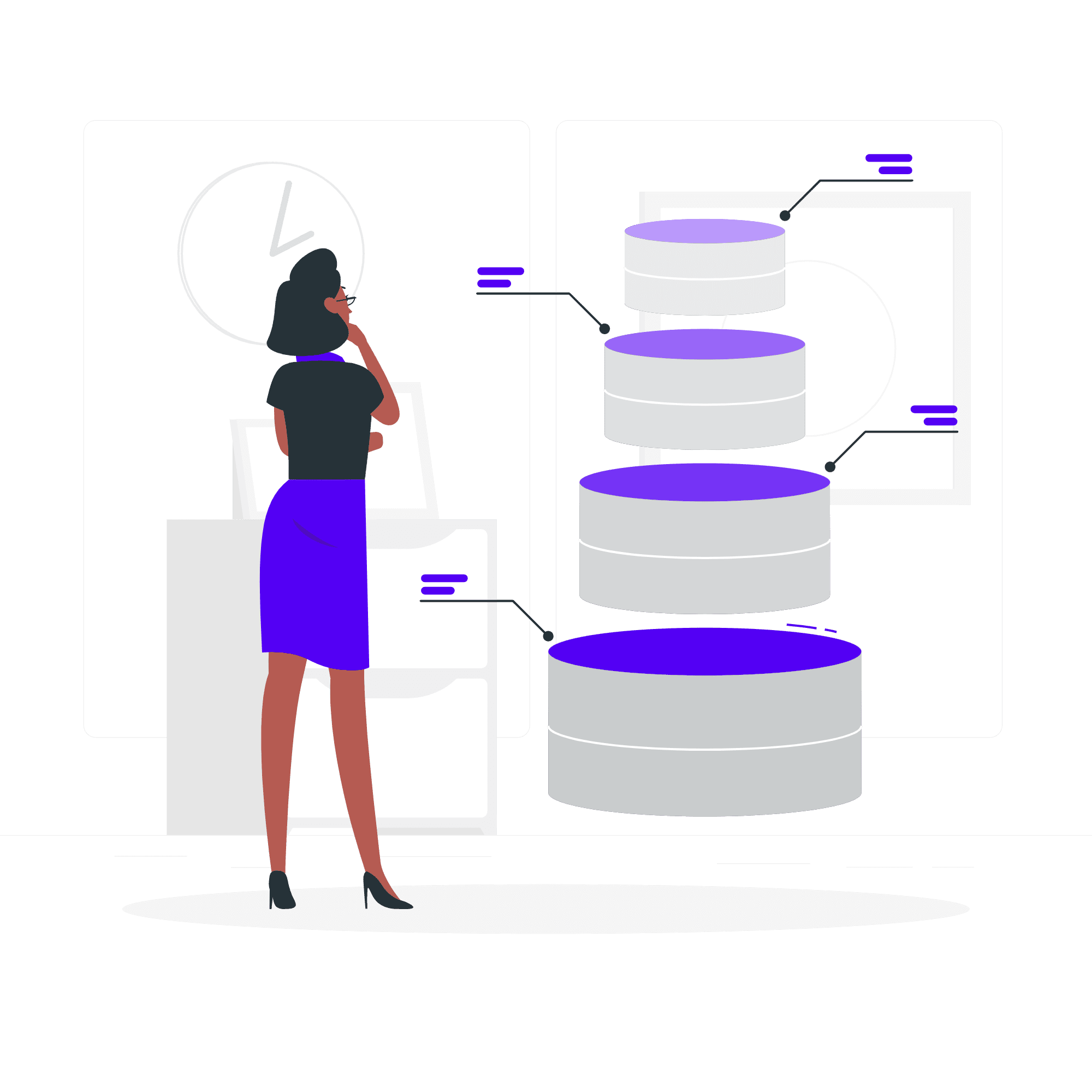
The government uses a variety of monetary and non-monetary tools to control inflation, some of which are listed below:
Monetary Measures
- A nation’s central bank can raise interest rates, which increases the cost of loans and reduces consumer spending on goods and services.
- The Reserve Bank can ask the banks to increase their reserves, which decreases the supply of money in the market, leading to a reduction in money flow.
- The Reserve Bank can also sell government securities to pull money out of the hands of the investors, in order to reduce the money supply.
Fiscal Measures
- The government can reduce spending on several initiatives, which lower the demand for commodities.
- The government can raise taxes on businesses and individuals, which lower people’s disposable income.
Other Measures
- The government can also lower inflation by increasing the production of goods and services.
- Importing commodities that are in limited supply domestically can also assist in reducing inflation.
- Additionally, they can regulate pricing by imposing a price cap on necessities.
Cases of High Inflations in India
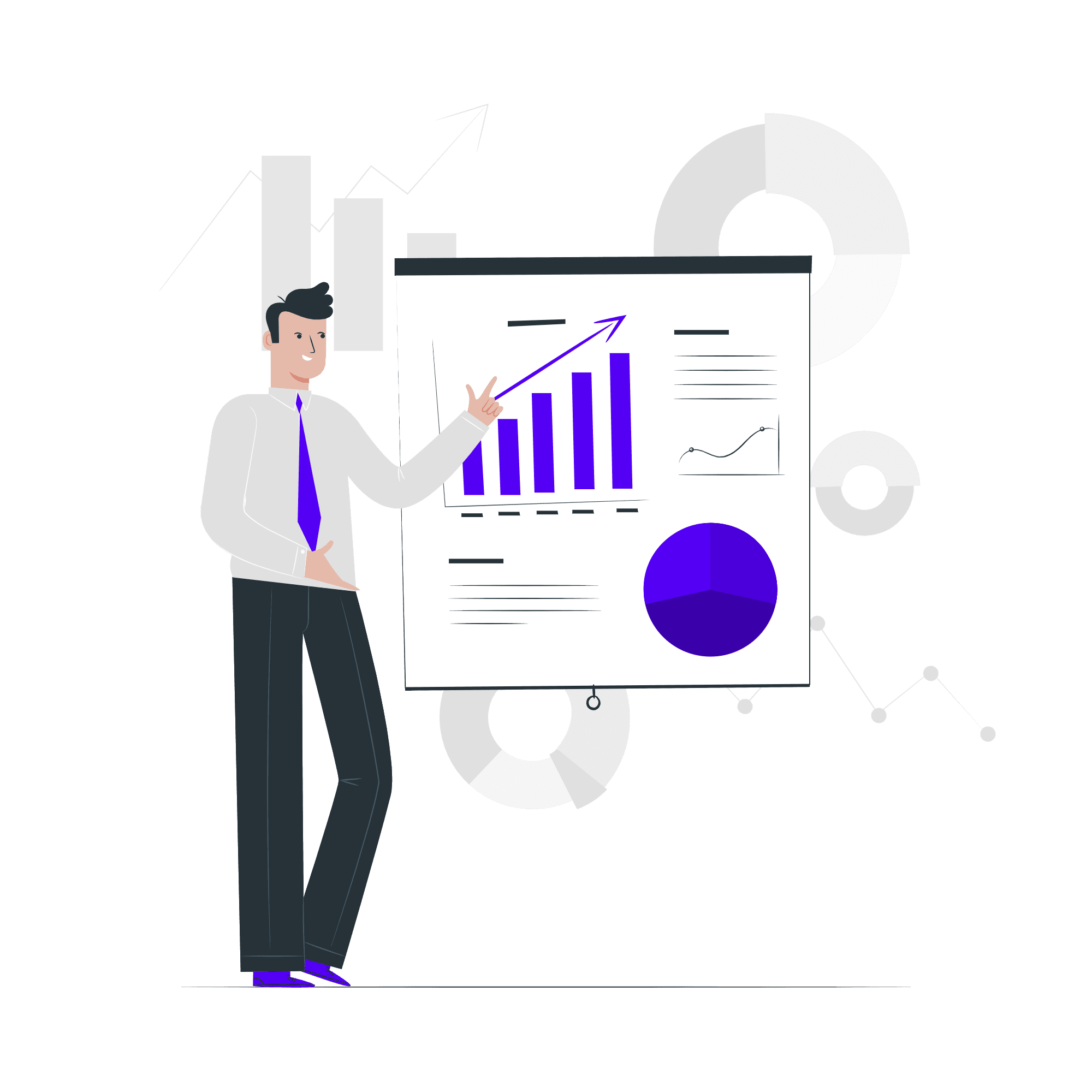
1990 – The Indian Rupee depreciated in the early 1990s due to economic liberalization and a budget deficit, which led to a high inflation of 13–14% in India. The administration has since implemented several policies aimed at stabilizing the economy.
2008 – Worldwide economic uncertainty caused commodity prices to rise, leading the inflation to rise to 10% to 12%. To control the same, the Reserve Bank of India and the Indian government have since implemented a number of steps.
2012-13 – Global commodities prices surged in 2012–2013 due to the economic downturn, which led to significant budget deficits. Around 10% inflation was experienced at the time, which put more pressure on the federal government to enact various inflation control measures.
Risks of High Inflation
- Lower purchasing power results from inflation, which mostly affects middle-class or fixed-income individuals.
- Businesses find it challenging to grow as a result of rising prices.
- An increase in inflation widens income inequality.
Cases of Low Inflations in India
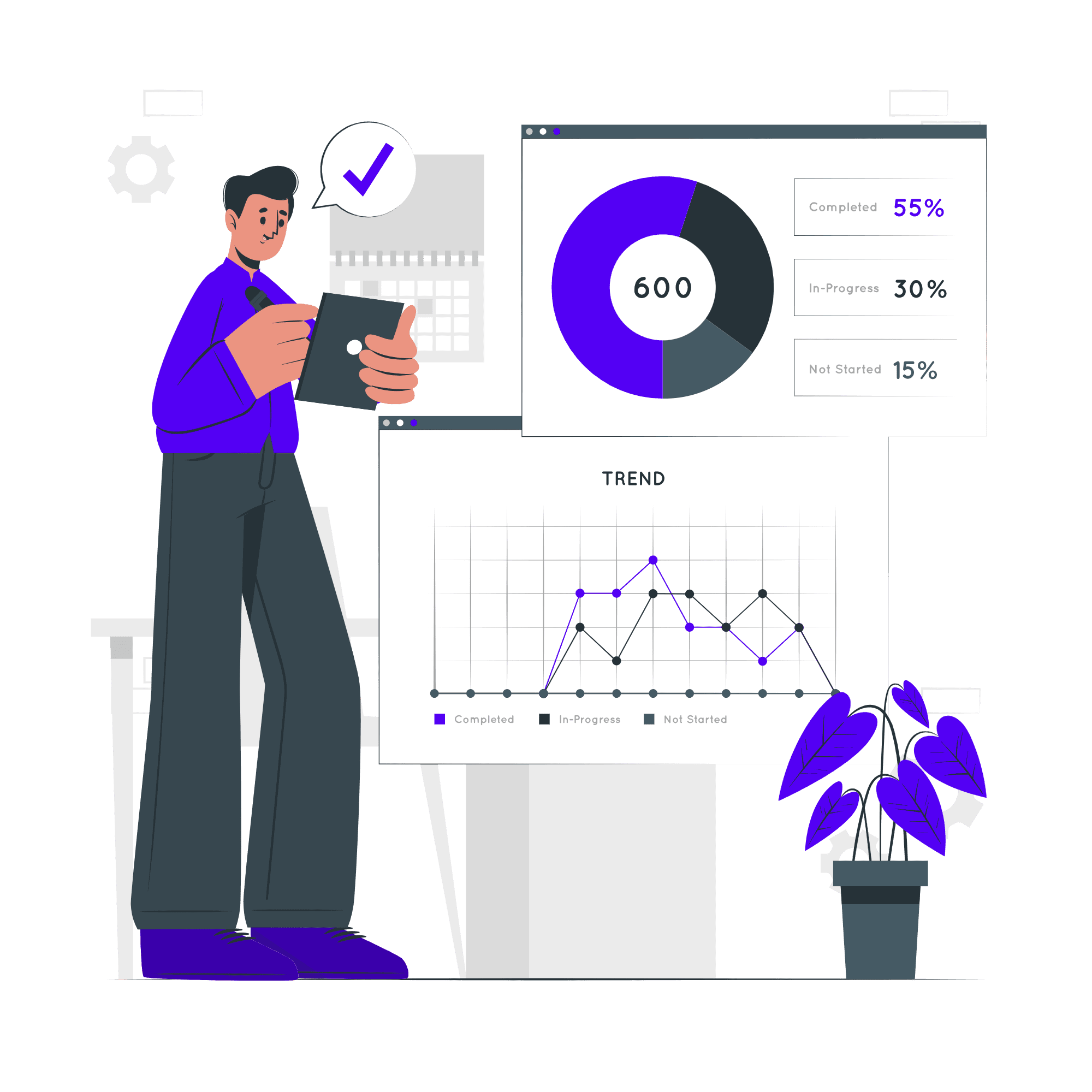
2014-15 – Global commodity prices, including those of oil, fell throughout the 2014–15 year. During that time, the RBI concentrated on raising inflation, which was around 4-5% at the time.
2000 – Early in 2000, the government’s fiscal conditions were preserved and inflation rates stayed between three and four percent because of steady economic conditions that led to an increase in agricultural productivity.
Cons of Low Inflation
- Deflationary pressures on the economy arise when inflation is excessively low, leading consumers to believe that prices will fall in the future.
- A low rate of inflation merely indicates that there will be fewer economic activities, which will result in reduced company profits.
- A lower rate of inflation will result in less tax revenue for the government, which will restrict spending.
Read Also: Top Economic Indicators: Overview & Importance
Conclusion
To sum up, inflation is more than just a fair increase in the price of things; it also has a dynamic effect and can be detrimental to people since it reduces their purchasing power. Hence, it is your responsibility as an investor to keep up with the inflation rate and manage your investments properly.
Frequently Asked Questions (FAQs)
Is Inflation good or bad for the economy?
A low and contained rate of inflation is seen to stimulate economic activity and growth and a high rate of inflation reduces purchasing power and impedes economic expansion.
Why do we need inflation to run the economy?
A controlled rate of inflation promotes GDP growth, economic activity, and production in the economy.
What causes a rise in the inflation rate?
A nation’s per capita income rises in response to rising employment and wage rates. This, in turn, raises consumer disposable income, which in turn raises demand for commodities in society and ultimately drives up inflation.
What is the meaning of inflation?
Simply put, inflation is the rise in commodity prices and the decline in the purchasing power of money.
What are the methods to control inflation?
The government can implement various methods to control inflation, including fiscal and monetary methods.
Disclaimer
The securities, funds, and strategies discussed in this blog are provided for informational purposes only. They do not represent endorsements or recommendations. Investors should conduct their own research and seek professional advice before making any investment decisions.
Article History
Table of Contents
Toggle